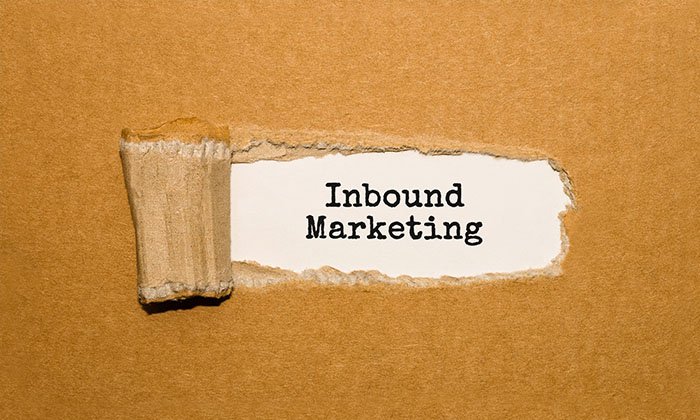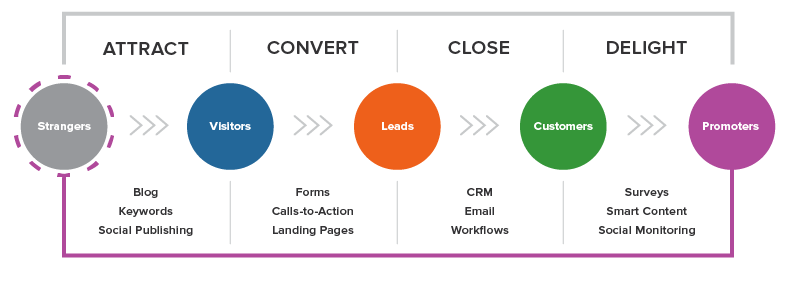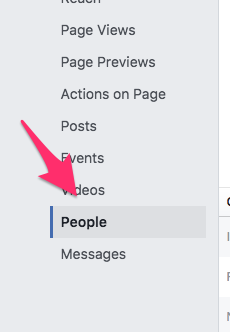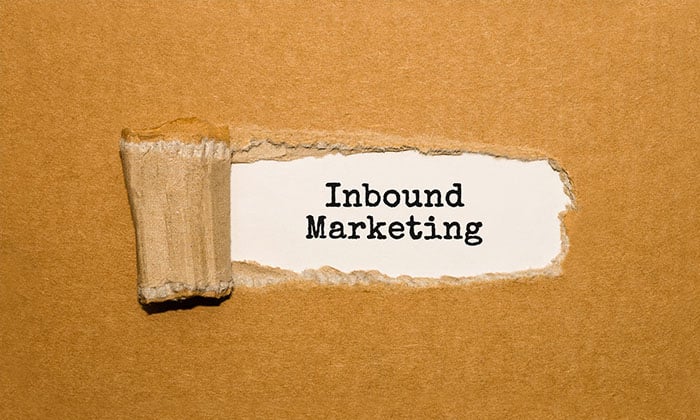24 Inbound Marketing Strategies Your Startup Needs to Start Using Today

By Neil Patel
Are you ready to skyrocket your success?
If so, you need to focus your efforts on inbound marketing strategies for your startup.
Why?
It’s one of the best ways to take market share from bigger companies, and you don’t need a hefty Facebook Ads budget to compete.
Instead of broadcasting to the customer, as traditional outbound marketing does, inbound marketing focuses on creating reasons for the customer to come to you.
According to HubSpot, which coined the term “inbound marketing” back in 2006, the strategy consists of four stages.

It’s a proven system that works for the best companies in the world, and it has launched dozens of startups to stellar success.
Inbound Marketing Strategies for Start-Ups
Now that you know what is inbound marketing and how it works, let’s dive into the best strategies for inbound marketing for startups.
1.Use Facebook to Create a Target Persona
The first and most critical part of creating compelling content is understanding what your target customers want to learn.
You need to have an in-depth knowledge of your market so you can react quickly.
Here’s how you learn more about who your audience is by reviewing your Facebook Page Insights.
First, go to your Facebook page. At the top, you’ll see a button labeled Insights. Click on it.
In the sidebar that opens, click on People.

From there, you’re going to want to look at the Your Fans column. Check to see where the percentages lie to understand what demographics apply to your business.

This can give you a general feel for who is interested in your startup and start forming the basis of your target persona. But that’s not all we need.
Next, we will find out what interests these people and how you can write content that appeals to what they care about.
2. Survey Your Current Customers and Leads
The easiest way to get to know your target market is through a survey.
This doesn’t have to be complicated. If you already have an email list, you can send them a simple form through SurveyMonkey.
To make this work, you only need to ask one question: “What is your biggest struggle?”
Your goal is to understand the problems they’re facing so you can create compelling content that targets their deepest interests.
3. Conduct In-Depth Interviews to Inform Your Inbound Marketing Efforts
Once you have the general feelings of your target market, it’s a good idea to start seeking out individuals you can contact for more in-depth information.
I recommend looking for a few clients or customers you’ve already acquired.
Ask them if they’d be OK with a 10-minute phone call or a video chat about their current struggles. Mention you’ll offer them …read more
Source:: Kiss Metrics Blog










